About พระราชวังพญาไท
The curved arches and intricate carvings of Phaya Thai Palace blend European elegance with Thai artistry. The main building, known as the Phiman Chakri Hall, features a striking red roof and delicate stucco details. Surrounding gardens add a serene atmosphere, with lush greenery framing the palace’s grandeur. The clock tower rises above, marking time for a place steeped in history.
Royal Beginnings
Phaya Thai Palace was built in 1909 during the reign of King Rama VI. Originally intended as a royal retreat, it became a symbol of modernization in Thailand. The king used the palace to experiment with new ideas, including establishing a royal farm and introducing Western architectural styles. Its blend of Thai and European design reflects the king’s vision for a modern yet culturally rooted nation.
Plan your perfect trip to Bangkok with Travo! Download now and start exploring.
Marks of Time
The palace has served many roles over the years. After King Rama VI’s reign, it became a hotel, a military hospital, and even a radio station. Each transformation left its mark, yet the original beauty of the architecture remains intact. Visitors can still see the royal insignia and decorative motifs that speak to its regal past.
Stories in Stone
The stucco reliefs on the palace walls tell stories of Thai mythology and royal life. Look closely at the intricate patterns; they blend traditional Thai symbols with European flourishes. The grand staircase inside the Phiman Chakri Hall is another highlight, showcasing craftsmanship that bridges two worlds. Every detail, from the carved banisters to the painted ceilings, reveals the palace’s unique identity.
Living History
Today, Phaya Thai Palace is a museum open to the public. Visitors can explore its halls and learn about King Rama VI’s contributions to Thai society. The gardens remain a peaceful retreat, offering a glimpse into the royal lifestyle of the early 20th century. Events and tours keep the palace alive, connecting its historical significance to the present.
Artistic Touches
The blend of architectural styles is one of the palace’s most striking features. The European influence is evident in the arched windows and ornate columns, while Thai elements shine through in the decorative motifs and roof design. The juxtaposition creates a harmonious balance, making Phaya Thai Palace a masterpiece of cultural fusion.
Present-Day Significance
Phaya Thai Palace stands as a testament to Thailand’s journey through modernization and tradition. It attracts history enthusiasts, architecture lovers, and those seeking a quiet escape in the heart of Bangkok. The palace’s enduring beauty and rich history continue to inspire visitors, reminding them of the vision and legacy of King Rama VI.
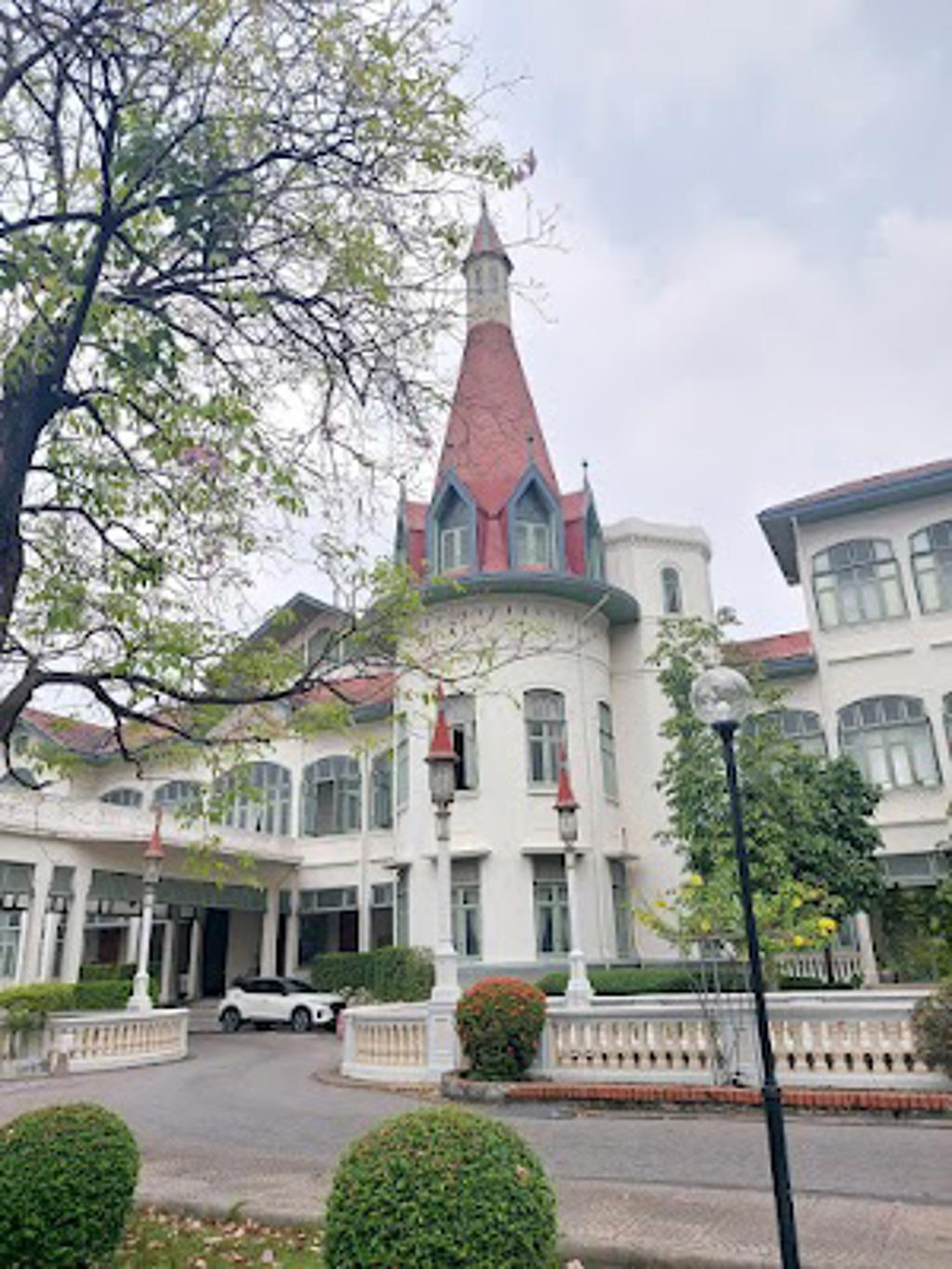
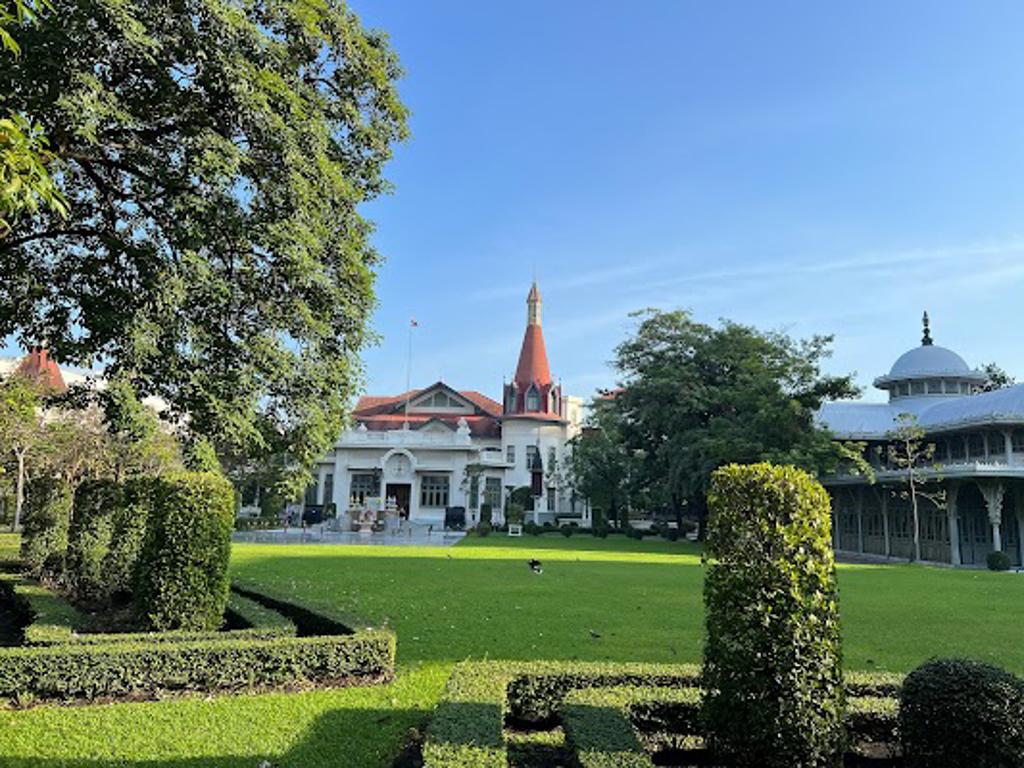
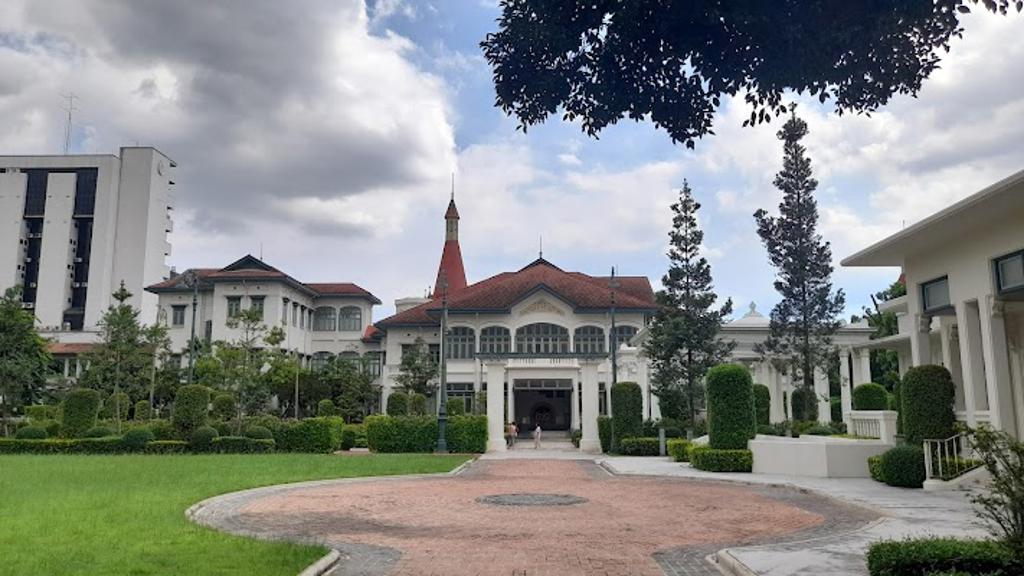
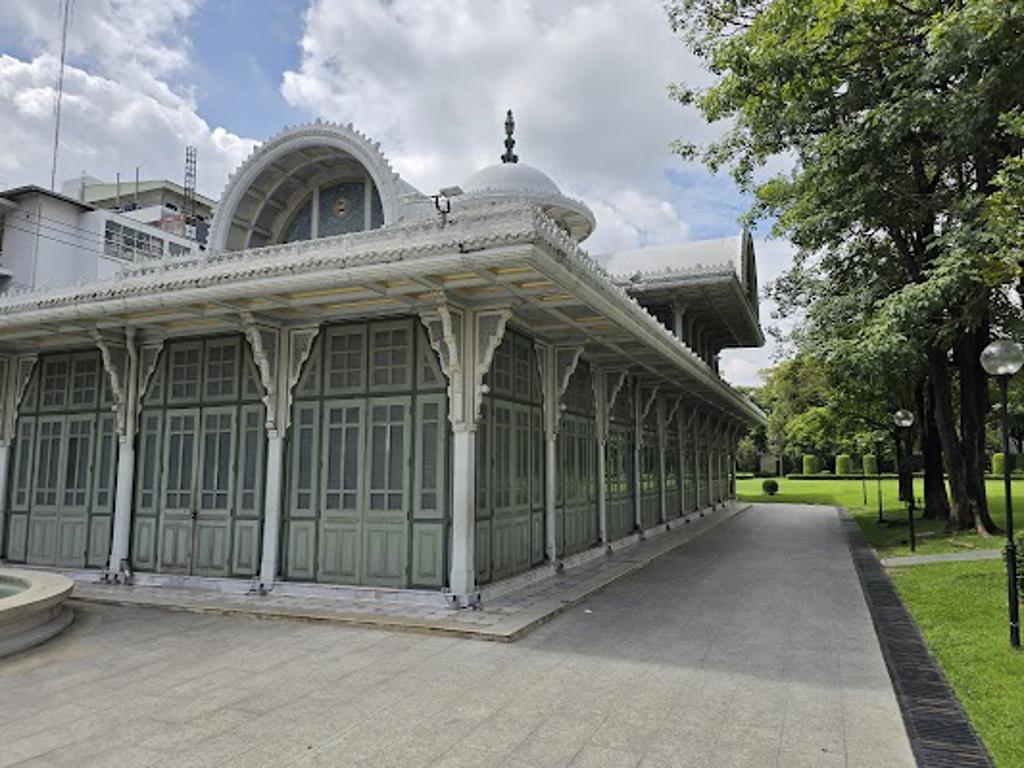
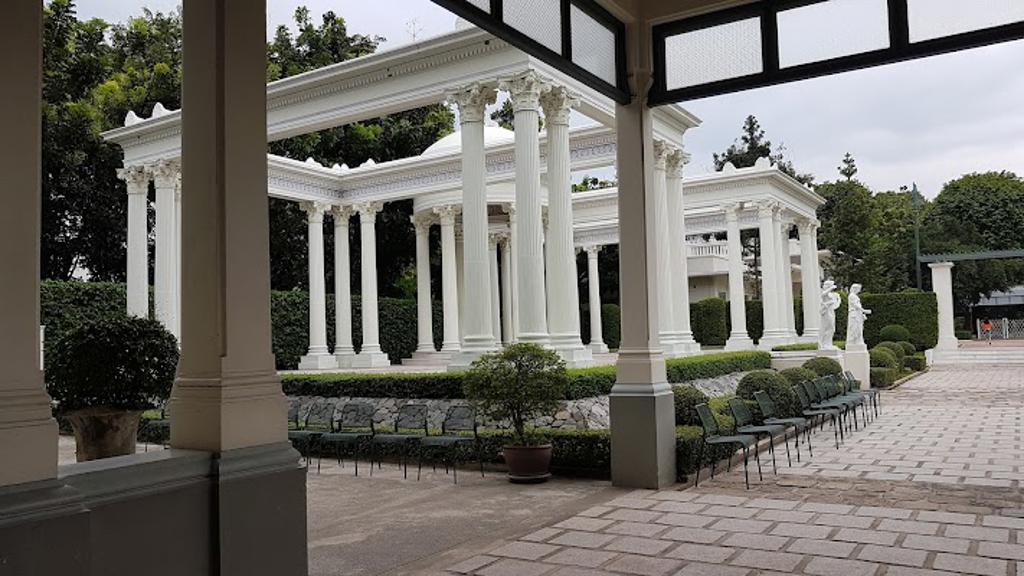
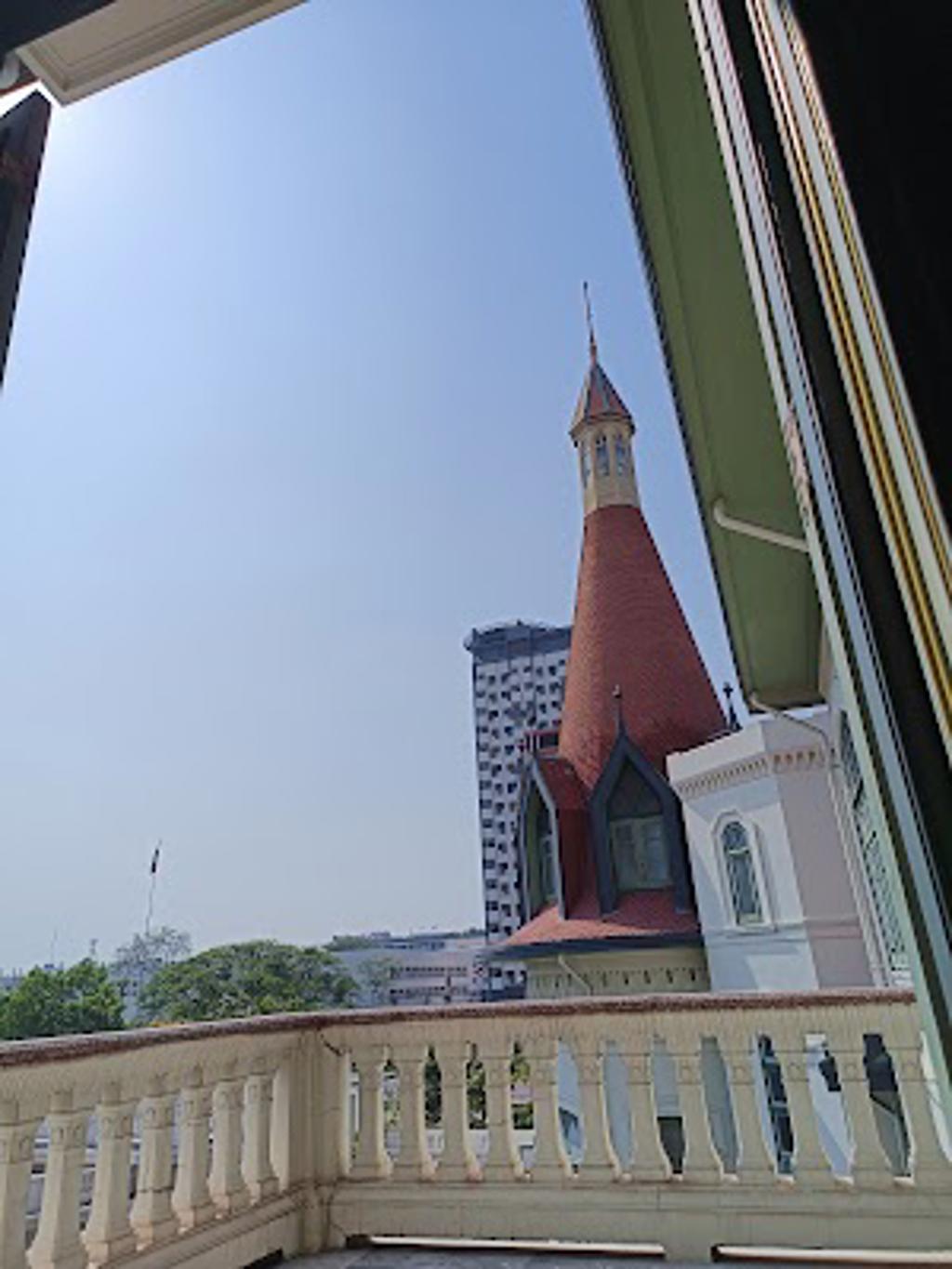
Location
ถนนราชวิถี, 10400, กรุงเทพมหานคร





